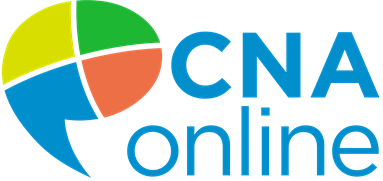Healthcare facilities of all types are currently under a strain. The strain itself has many individual factors, but the overall picture is one of an increasing workload for understaffed facilities, and a small CNA workforce. To correct this situation, we need to rethink conventional CNA training methods.
Getting More CNAs into the Workforce
Facilities need more CNAs to help with the immense workload they are facing. This is a Catch-22 of sorts, because the increasing workload is driving CNAs away from facilities due to burnout. At the same time, CNA training courses are not yielding enough CNAs to ease the burden. Conventional thinking has tried to solve this issue by offering condensed intensive training courses to increase the rate at which CNA students get certified. Unfortunately, this approach has caused burnout among students before they even complete their coursework. To address the current situation, we need to get more CNAs into the workforce, and the best way to do that is by making training more accessible.
Opening the Doors to CNA Students
CNA training courses have a limited capacity. Yet even in areas where training is available to those who truly want to become CNAs, the schedule often conflicts with their jobs and other responsibilities. Condensed intensive courses may look good on paper, but students burn out or feel too pressured to get the quality training they need. To open the doors and increase the rate at which new CNAs can enter the workforce, we need to reach a wider audience. The best way to do this is by offering online training. CNAonline offers a comprehensive CNA training program. This allows more students to participate without worrying about shifting their schedules, or trying to fit into classes with limited capacities. Because the didactic portion of our course is entirely online, students can learn at their own pace without feeling like they are being rushed through the class.
CNAonline uses the nationally-acclaimed How to Be a Nurse Assistant from the American Health Care Association (AHCA), available to students in both e-book and audio formats. Course materials and practice tests are available 24/7, so students can review lessons and retain information. In addition to online learning, students receive hands-on experience through labs from actual facilities. Our approach to training has opened the doors to students, and has allowed more CMAs to enter the workforce to lessen the burden on healthcare facilities. Reach out to CNAonline today to learn more about our training program.
